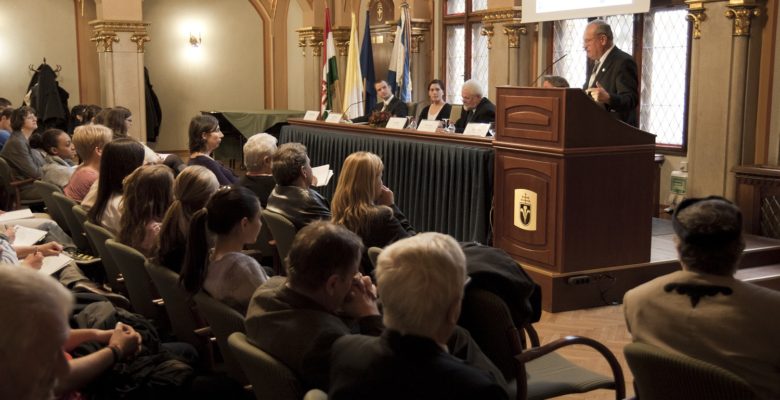Meghívott előadók
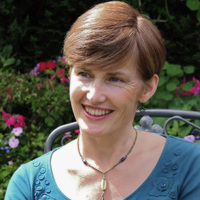 Karen Bennett FCSH-Nova / CETAPS, Lisbon, Portugal |
The intersemiotic denseness of being: towards a new iconicity Digitalization seems, at first sight, to have brought disembodiment. Social lives are lived out on line; tourism, sport, war and sex are experienced virtually; and cultural events and artefacts can be streamed or downloaded in files so light that they can be transported on a phone. Yet curiously the phenomenon also seems to have generated a new materiality, as vinyl makes a comeback in the music industry, books are issued in luxury editions that are veritable works of art, and performance art proliferates on every street corner. This polarization is reflected in the practice of translation too. Technical translators using CAT tools handle verbal segments >> |
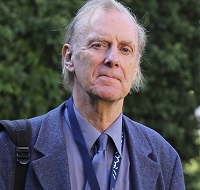
Andrew Chesterman |
Cherry-picking for translator training Cherry-picking means choosing the best bits. When teaching translation, we can cherry-pick freely from translation theory and research, selecting ideas and empirical results that are pedagogically relevant. I will start with some features of the “theory of cherry-picking”, and comment on the problematic role of metacognition. I will then offer a personal selection of cherries, based on my own experience of teaching translation and its theory. |
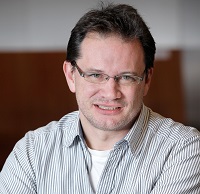 Luc van Doorslaer University of Tartu, Estonia KU Leuven, Belgium |
Translation Studies and Translation Practice: Impact and Irritation Does Literary Studies make an author a better writer? Does Cultural Studies make an actor a better performer? Such questions are hardly ever asked about these disciplines, because the scholarly activities are accepted as having a different function in society. The relationship between the discipline of Translation Studies and translation practice however, is often still perceived as more problematic. This presentation deals with the tension between the questions Can Theory Help Translators? (the title of the well-known publication of Andrew Chesterman and Emma Wagner in 2002) and Is Theory Supposed to Help Translators at All? That tension also has as central position in every discussion about (academic) translation curricula. It is connected with essential aspects such as institutionalization, visibility and social impact of the discipline. |
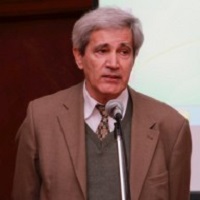 Heltai Pál Heltai PálEötvös Loránd University, Hungary |
Explicitation and implication in literary and specialized translation: Research and translator training aspects The gap between translation theory and translation practice is often replicated in translator training: translation theory tends to be taught as a lecture course, although there is no reason why theory should not be embedded into practical tasks. Imparting theoretical knowledge can very well be based on comparisons of ST and TT, (e.g. promotional texts), and can be augmented by corpus-based tasks (e.g. identify cases of explicitation in translating pronouns from English into Hungarian or the other way round), rewriting tasks (make a text more or less explicit and assess the impact in various situations), intralingual translation (observe contexts where expliciation or implicitation may be called for) and so on. In this paper a brief survey of the research issues surrounding the phenomenon of explicitation is offered, including >> |
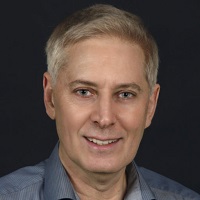 Don Kiraly Don KiralyJohannes Gutenberg University of Mainz, Germany |
Change, please note! Dr. Kiraly will not be able to attend our event.
Peering Inside the Black Box of Translation Processes: Where does this leave interpretivist research in Translator Education? |
